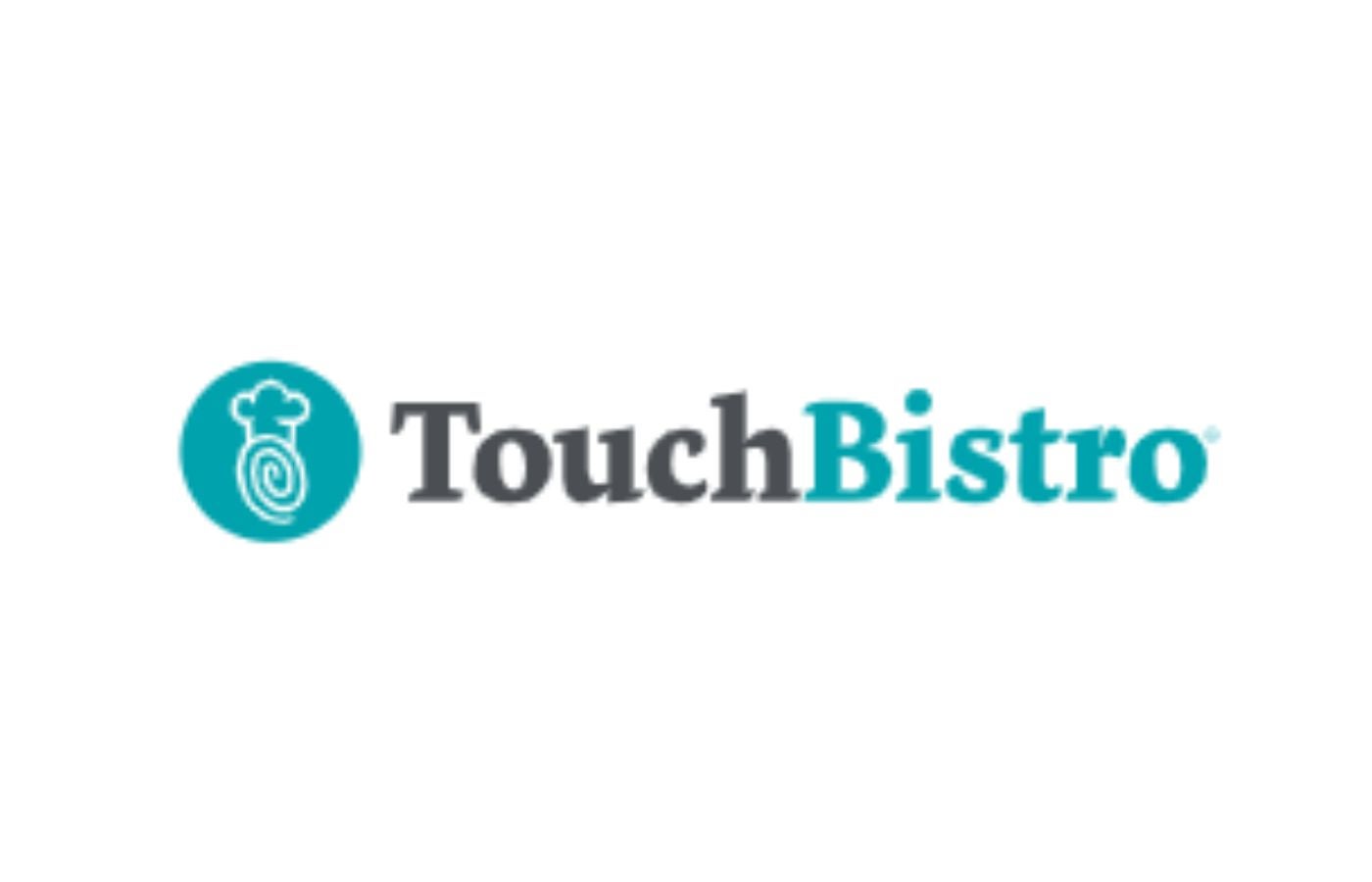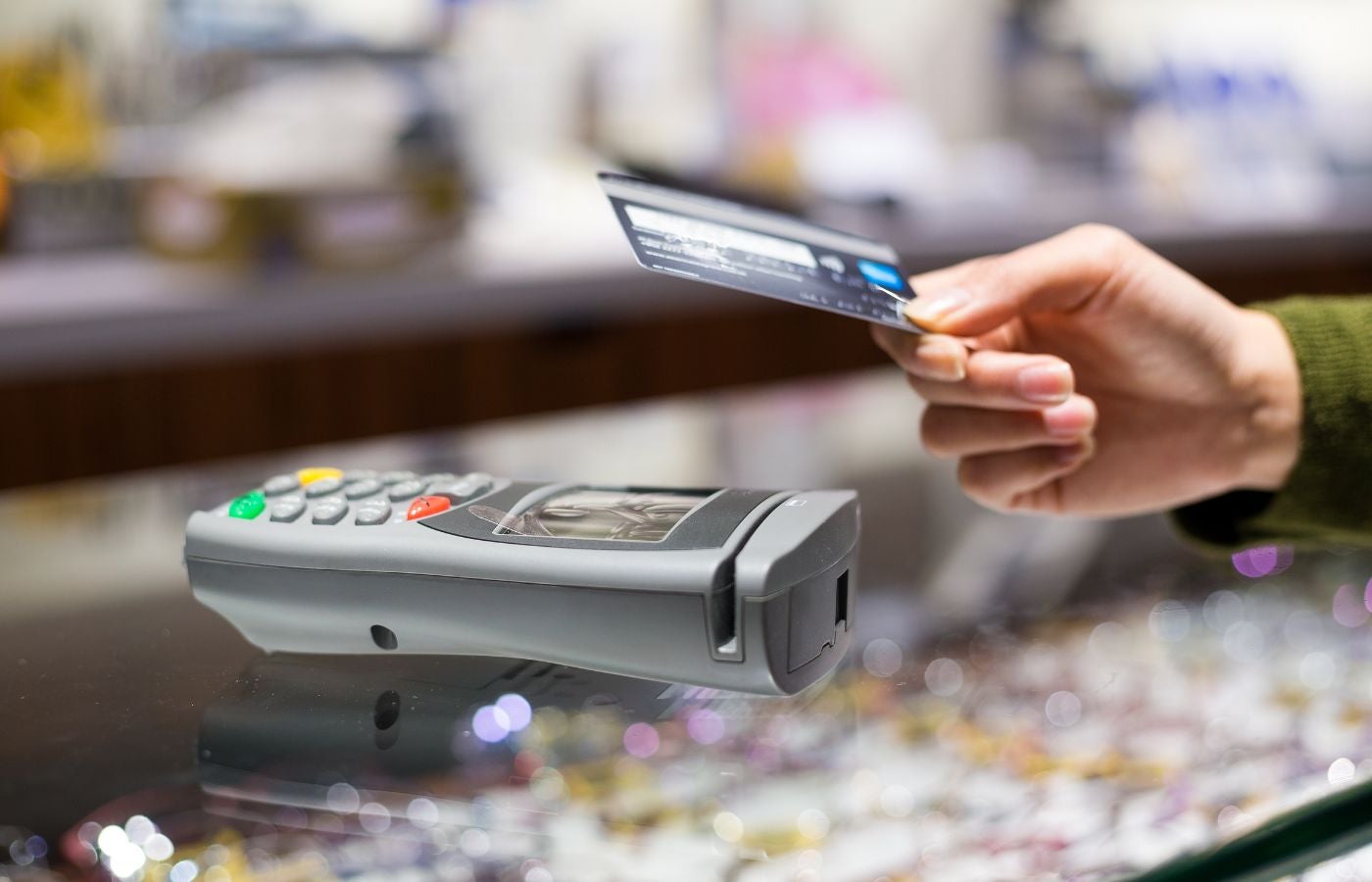Restaurant branding involves creating a distinct identity for your business that influences how customers receive and connect with your restaurant. Branding for a restaurant includes its logo, naming conventions, colors, interior design, packaging, menu design, and a variety of other factors.
Branding is effective in building a successful restaurant because it helps showcase the voice of your business and the type of experience a customer can look forward to when dining at your restaurant. Strong branding builds restaurant recognition, customer loyalty, and reliability of value that those dining at your business can come to expect.
Hey — I’m Ray! I’ve managed restaurants in New York City, Houston, and Chicago, and I host the Line Cook Thoughts podcast, where I strive to give a voice to cooks and food service workers everywhere. And this is how I’d build a restaurant brand to rival the biggest players in the food and bev industry.
What is restaurant branding? Your core dining promise
I like to think of restaurant branding as establishing the core offering a customer can expect to receive when coming through your restaurant’s doors.
For McDonald’s, it’s affordable yet consistently tasty food spread across the globe. For Alinea, it is an experiential, creative, and enjoyable dining experience that can only be found in a small restaurant within the Lincoln Park neighborhood of Chicago. For Starbucks, it is the idea of high-quality coffee and a reliable “third space” for customers to gather.
All of these businesses have done an excellent job at building brand, and when I say their name, you know what you will expect when choosing to dine there.
When starting a restaurant, your end goal should be to have a defined and sought-after restaurant brand. Your restaurant’s brand may not match McDonald’s golden arches, but there are many restaurants in my city that I’m proud to dine at and will gladly wear their branding on a hat or a shirt. There are restaurants in my region that, when I see their logo or hear their name, I know EXACTLY the type of experience I will get when dining there.
Branding can be done in various ways, but the key aspect to remember is that it should evoke a positive, proud emotion from your customers. It should detail the core dining promise you offer to customers and reflect your business and the tone you set in the food industry.
How to brand a restaurant: Develop, define, research, create, adapt
Branding for restaurants involves a variety of focused, meaningful steps. Each step in this process helps establish your restaurant’s identity, further expose your brand to new customers, or facilitate efficient evolution as your restaurant continues to succeed. Use the following restaurant branding steps to map out your path to building your restaurant brand.
1. Develop a mission statement
The mission statement of a restaurant needs to establish what you’re serving and why you’re serving it. Furthermore, the mission statement needs to designate who your target customer base is. The mission statement for any restaurant is central to branding because it helps diversify your brand from others and clearly establishes why customers should eat at your establishment. The rest of your brand building will revolve around this mission statement.

2. Define your audience
Defining your audience is vital to ensuring your brand matches the people you’re selling to. Studying the demographics of those in your region is important. This will include age range, income levels, location of restaurants, and the general lifestyle habits of these customers. This information is often found through the U.S. Census Bureau, the Small Business Administration, your local Chamber of Commerce, and through Google Analytics or social media insights.
Once you have your demographics established, you will want to hone in on general food preferences, different values your prospective audience may have, and how you can make your brand unique amongst others similar to yours in the region.
3. Do market research
Competitive analysis is one of the best ways to understand where your brand can stand out against others in a dining region. This process includes dining at restaurants similar to yours and finding aspects that you know you can do better to win customers over.
I also suggest talking to real people in the community or engaging with social media communities on what they are looking for from a concept like yours. There are plenty of data sources (National Restaurant Association, Technomic, Toast, IBISWorld) to use when conducting this market research, but nothing beats using your business acumen to discern the overall tone and strength of the market you aim to serve.
3. Develop your brand’s voice and position
The biggest factor when it comes to how you will increase brand awareness for a restaurant is your ability to define your brand’s voice and position. Your restaurant’s voice is the general sentiment you portray through marketing, social media posts, menu product naming, and all other customer-facing actions.
Your position in an industry is where your restaurant fits into the local food scene and why it’s better than others in that scene. For example, Le Bernardin’s brand positioning in New York City relies on its menu offering some of the best seafood cookeries in the city. This voice and positioning are vital for its success and the brand it has built as a restaurant.
4. Design your menu/product offering
When you plan on opening a restaurant, you will undoubtedly have an idea of the concept and type of menu you will offer. The brand aspect of your restaurant comes into play as you build out how you offer this menu.
For example, you may run a restaurant that offers burgers, which is a very common restaurant business model. The goal with your brand building is to offer burgers, fries, and all other items in a way that is exciting, unique, and in a way that adds a different type of value for your customer base. The most successful restaurants, especially in populated segments of the food industry, break away due to strong brand building.
5. Develop your brand look
Your brand look needs to match the voice you have established above. The look of your brand goes beyond your logo. It’s the colors you use on the outside of your restaurant. It’s the type of dining room chairs you pick or the glassware style you serve wine out of.
It’s the design of your menu or the packaging of your food products. Your brand look should be identifiable and aesthetically pleasing, and should represent the voice and mission statement of your restaurant clearly and powerfully.

6. Create a consistent marketing/messaging campaign
A consistent restaurant marketing campaign should reinforce your mission statement. This does not mean you need to repeat the literal statement in all of your marketing efforts. What it does mean, though, is that you need to ensure all of your marketing and messaging helps reinforce and relate to customers as the core mission of your restaurant.
Marketing and customer messaging should be fun, creative, and inspiring, and it should make them crave your food. It also needs to make them care about your brand and evoke pride in the fact that they are choosing your brand over others.
7. Adapt your brand as needed
One of the biggest comebacks in chain dining in the last few years has been Chili’s. Chili’s brand had become stale. But a focus on creative messaging to a revised target audience through different social media channels won back their customer base. Their 31.4% same-store growth this year has allowed them to invest in much-needed operational enhancements, setting them up for greater success in the back half of this year.
This success came from a brand evolution into approachable, exciting, and affordable menu options that those online wanted to share with friends. This brand shift has made them one of the more impactful brand adaptations of the last decade in the food industry. Their brand adaptation was not a major overhaul, yet it was tweaked to meet a new segment of customers.
Sometimes, slight tweaks to a solid core brand are all it takes to grow your customer base and find success. This comes with adapting to consumer preference changes, technology breakthroughs, and broader consumer trends throughout the food industry.
Where to use branding
Restaurant branding is so useful because it allows your team to reinforce your brand’s voice and position through visuals, messaging, and a variety of other marketing tactics. Using your restaurant’s branding effectively will only improve overall awareness and recognition of your restaurant and will help drive home why your restaurant is better than others in your region.
Check out my list of restaurant branding ideas to drive home your business’s value proposition in physical and digital spaces.
- Physical restaurant space:
- Exterior signs
- Pick up or carryout parking spaces
- Physical menus
- Ordering kiosks
- Dining room interior
- Packaged catering for events
- Uniforms or a focused dress code
- Tableware (takeout utensils, chopsticks, straw packaging)
- Gift cards
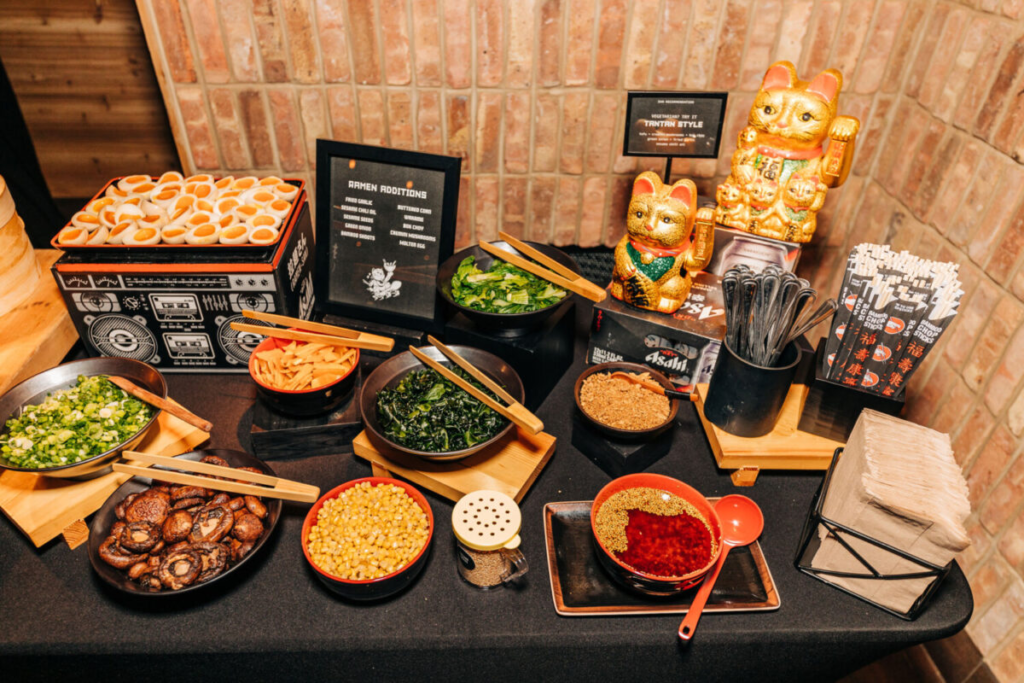
- Digital space:
- Dedicated social media profiles
- Restaurant-specific hashtags
- Location tags for social media sites
- Google Business Profile
- Website
- Online ordering tools
- Email newsletter
- Text message marketing and groups
- Packaging and merchandise:
- Takeout bags, cups, boxes, and other creative food packaging media
- Stickers, backpacks, pens, business cards, phone cases
- Cookbooks, recipe kits
- T-shirts, sweatshirts, hoodies, jogging pants, etc.
- Take-home sauces, marinades, pickles
- Mugs, shot glasses
- Wine keys, bottle openers
- Hats and beanies
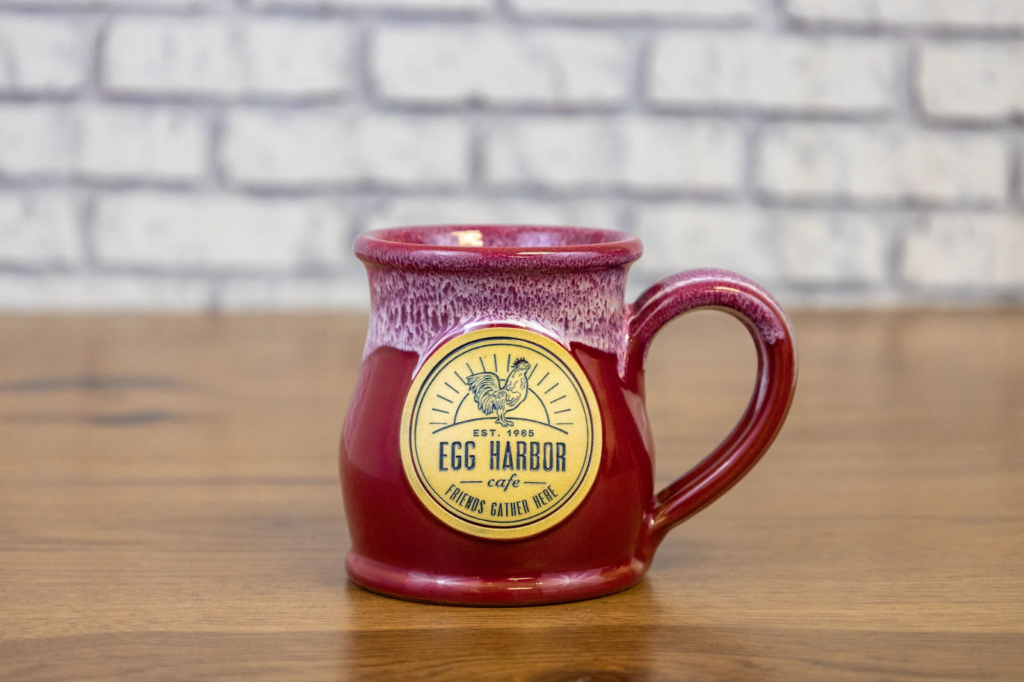
- Unique restaurant branding opportunities
- Pet clothing, such as bandanas
- Monthly wine-tasting events or farmer’s market crawls
- Cooking lessons
- Collaboration dinners with local producers
- Limited-edition merchandise or kitchenware product drops
- Exclusive loyalty memberships for branded merchandise or brand-inspired events

I’ve found that the best restaurant branding involves exclusiveness in some way. I have a sticker on my laptop from one of my favorite ramen shops in Chicago, and I often get asked where it’s from. It’s this organic interest in excellent branding that drives interest in the most unexpected ways.
Good branding helps market your restaurant in an effective way that simply cannot be bought through a marketing package or from a firm specializing in this art. Good branding through different media helps bolster your restaurant’s brand and pays dividends in unexpected ways.
Tips for creating a restaurant brand that actually works
One aspect I cannot overstate when it comes to branding is the why: the reason your customer chooses you over other brands. The why is the reason your customers wear T-shirts with your brand’s name on them and why they share your social media posts. Beyond a compelling why, I have a few other tips to engage a broader customer base with your brand.
Don’t be everything to everyone
One mistake that restaurants make is that they try to adapt their menu, product offerings, and service style to every type of customer in a region. Really strong brands offer some polarization in the sense that those who really like your brand have a guiding reason for it.
This isn’t to say you should deter people from your restaurant simply to drive interest, but rather, your brand should be identifiable and really connect with those who are fans of it. Restaurants seeking approval from all rarely define themselves as the successful brands we are aiming for in this article.
Build local relationships and co-brand
When I worked at a local restaurant in Buffalo, I would visit the farmer’s markets with my chef on Saturdays. We would then integrate the ingredients from local producers into specials for the weekend, and we would see great satisfaction from our customer base.
Working with and highlighting local producers really helps establish your restaurant as a leader in the local food industry. Furthermore, the proximity of working with other established brands gives your business more authority in the local restaurant space.
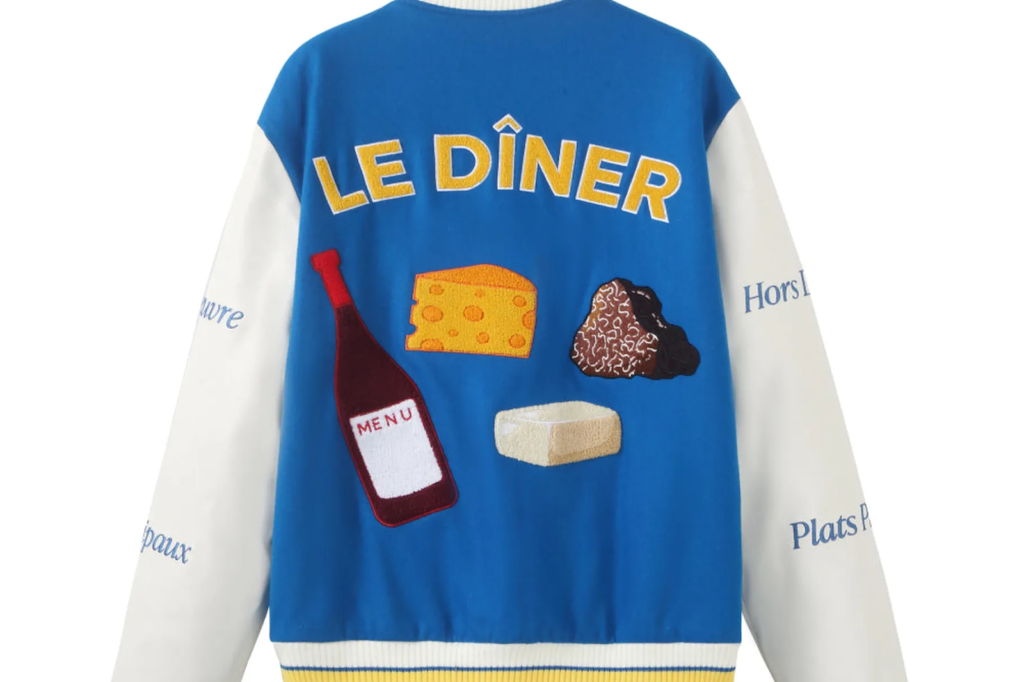
Consistency makes or breaks a brand
Delivering a consistent product that customers can come to rely on is what really drives home a great restaurant brand. Inconsistent products will kill the most novel restaurant brand ideas. Consistency needs to be just as important to your restaurant as building your brand. If you deliver inconsistent products, it delegitimizes your brand and pushes away your most loyal customers.
Be a storyteller
Many people think meaningful restaurant storytelling can only happen at the highest levels of fine dining. I disagree. Shake Shack, for example, started as a hot dog cart in New York City. It’s now an expansive restaurant brand, finding its way into airline menus and across many states. This idea of humble beginnings, quality food, and “Standing for Something Good” has been a large part of what has driven the charm of the Shake Shack Brand. Tell your story, and customers will listen.
Good internal culture always reinforces your brand
Just as much as you need your customers to buy into the vision of your brand, you need your employees to as well. The culture you build with your staff is vital to reinforcing the brand you are trying to build. If your employees don’t believe in the brand’s mission, then why should your customers?
A healthy, efficient, fair, and positive restaurant culture allows the best food brands to differentiate themselves from their competitors. It’s a buy-in from all employees to the restaurant’s mission that helps elevate a restaurant’s brand to the next level.
Know your audience
Social media continues to be one of the most underappreciated and underused tools in the food industry. With a strong social media presence, you can market your brand and gather feedback that better tweaks your business. Again, don’t act on every piece of criticism, as your restaurant cannot succeed in being everything to everyone.
Rather, the relationship of communication and feedback you build with your audience can help you find new menu items to try out, tinker with aspects of your business that are not working for customers, and give you a very important window into the sentiment of your restaurant’s customers. Knowing what works and doesn’t with your audience is an earned skill that the most successful food entrepreneurs use when building great food brands.
Don’t chase trends
The most successful restaurants I have worked at established what they are and what they do well. While it’s important to evolve, chasing every TikTok recipe trend or new “hottest” menu item can quickly cause your brand to stray from its goal and confuse your customer base. Establish your brand and make it craveable. There will always be trends and fads; your business should be a constant in your customers’ dining experience.
Restaurant branding FAQs
When asking the question of how to build a restaurant brand, there can be a variety of other questions you may have. Branding for restaurants is important — it can be the difference between financial and commercial success or failure. Restaurant branding is key to getting customers to not only try your restaurant but also to support your restaurant consistently. Get answers to the most common questions about restaurant branding.
The last bite
Building a restaurant brand is important for customer retention and growth, and clearly establishing the core identity of your business. A successful restaurant brand is a promise.
Whether this promise is consistently high-quality food, experiential dining, or niche menu offerings, the ability to showcase your brand’s promise to customers through branding is what makes a restaurant successful. Use the tips and ideas in this article to build your restaurant brand. It can be the difference between you and your competitive market or segment of the restaurant industry.


